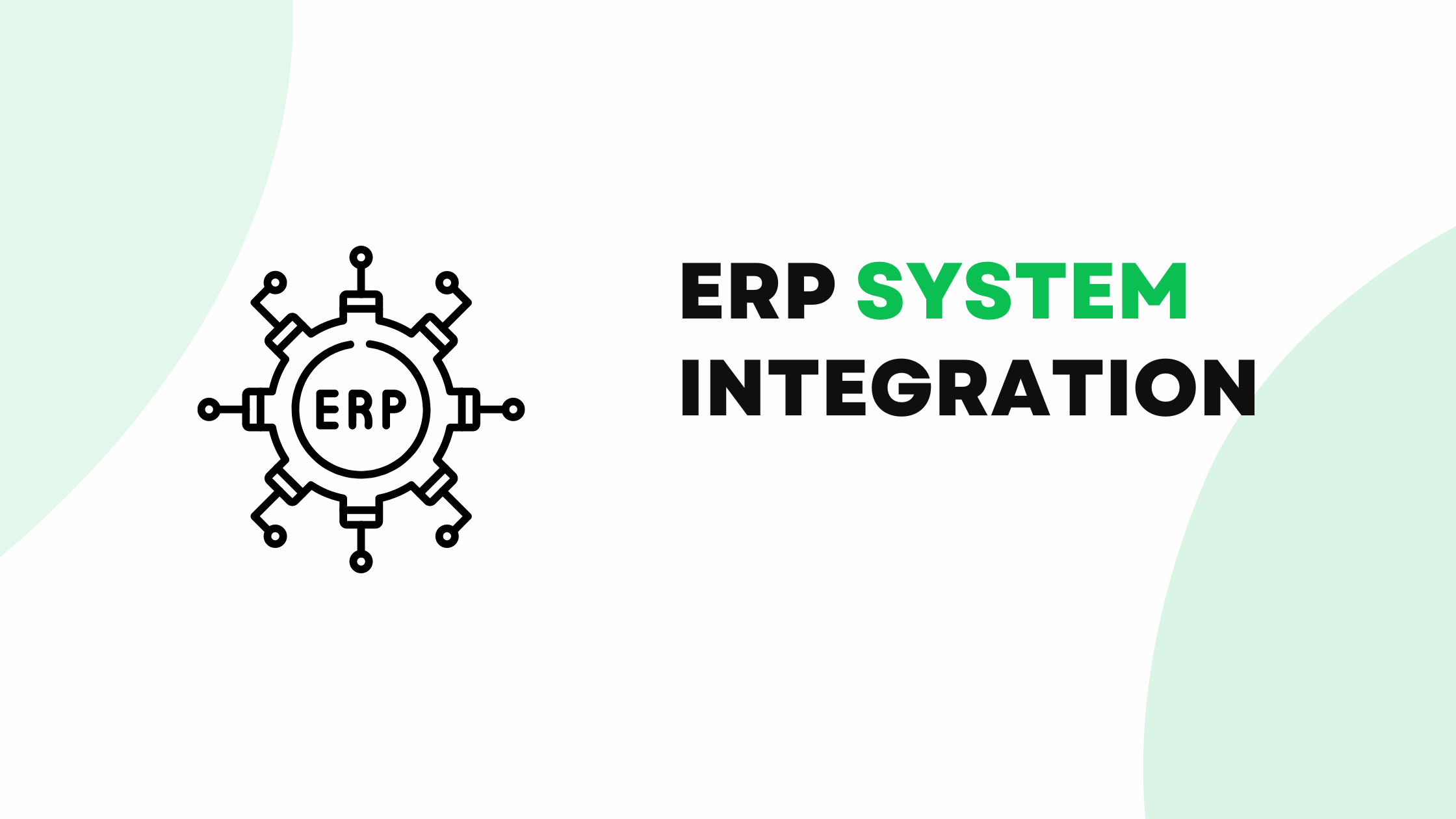Requirements as starting points
Based on our extensive experience in project management, we firmly believe that requirement gathering is a fundamental step in understanding the expectations of clients or end users for a project. This step is the cornerstone from which we plan, design, implement, and evaluate our projects. In our view, the meticulous collection of requirements is not merely important; it is absolutely essential for the success of any project.
In larger projects, we’ve often observed that commercial estimates are requested at the very beginning of the cooperation. This is typically the case even when full specifications and detailed documentation are not yet available. From our perspective, it is crucial to establish a fitting model of cooperation with partners. We advocate for models like time and material, where transparency is a central pillar, and we will delve deeper into this in subsequent discussions. We also recommend conducting a thorough project analysis. This allows our specialists to analyze the project intensively over several hours and then provide a more precise commercial estimate. However, an important insight from our experience is that project specifications often evolve during the development process. This fluidity of requirements necessitates a well-planned approach to managing these changes, typically through „change orders”, to accommodate the dynamic nature of project development.
Avoiding misunderstandings and errors
When requirements are not clear or not understood correctly, there is a risk of misunderstandings and errors during project implementation. This can lead to delays, excessive consumption of resources, and even client dissatisfaction. One of the goals of requirement gathering is to avoid such situations. Precise and clear understanding of requirements helps the project team in planning work, identifying risks, and assessing costs. This allows for more effective project management and elimination of problems at early stages, before they become serious obstacles.
Increasing Client satisfaction
Requirement gathering is a key element in building trust and increasing client satisfaction. When a client sees that his expectations have been considered and understood accurately, he is more inclined to trust the project team. This trust can lead to long-term business relationships and recommendations. Moreover, proper requirement gathering allows delivering exactly what the client needs. This means that the product or service will be more useful and satisfying for the end users.
Simple and efficient front store with white label features allowed to set up new brand stores quickly and efficient.
Best Methods of Requirement Gathering: How to Do It Effectively?

1. Defining the Project Goal
Clearly defining the main goal, e.g., converting website visitors into clients, and establishing key outcomes for monitoring progress.
2. Recognizing and Analyzing Stakeholders
Identifying all stakeholders, such as users, clients, employees, and understanding their needs and expectations.
3. Creating a Product Backlog
Starting by creating a product backlog that contains all requirements and tasks.
4. Determining Functional and Non-Functional Requirements
Clearly defining functional requirements, like search and filtering functions, as well as non-functional ones, like security, performance.
5. Using User Stories
Using user stories to better understand the needs and expectations of end users.
6. Applying Agile and Scrum Methodologies
A flexible approach to requirements, allowing their modification and adaptation during the project.
7. MoSCoW Prioritization
Applying the MoSCoW method to categorize requirements as „must have”, „should have”, „could have”, and „won’t have”.
8. Involving the Team and Stakeholders
Organizing brainstorming sessions with the whole team and stakeholders to jointly create and refine requirements.
9. Monitoring and Adaptation
Regular reviews of progress and adjusting requirements based on feedback and changes in the project.
10. Definition of Readiness (Definition of Done)
Setting clear criteria that must be met for a task to be considered completed.
11. Competition and Market Trend Analysis
Studying functionalities of competitive sites and adjusting requirements in the context of current trends and client expectations.
12. Using Analytical Tools
Using tools like Google Analytics to monitor key performance indicators of the site, e.g., conversion rate, bounce rate.
These practices will help create a clearly defined, flexible, and effective requirement plan, which will be the basis for project implementation.
Very important, relatively simple to implement but eye-opening to many issues from different perspectives is the creation of User stories, which are an excellent canvas for creating the first Product Backlog by the team.
User Stories: Creating Valuable Narratives for Your Client

User Stories are a key element in the software development process, especially in agile methodologies. Based on the hypothetical project of an online store, User Stories can be used to better understand the needs and expectations of users. Here’s a detailed discussion:
Structure of User Stories
User Story Format
A typical format is: „As a [type of user], I want [action or feature], so that [benefit/goal]”. For example: „As a young professional, I want to be able to filter bicycles by color and type, so I can quickly find a model that matches my preferences”.
Benefits
This format helps the development team focus on the real needs of users, rather than on technical specifications. It makes it easier to create a more intuitive and user-friendly interface for the online store.
Another user story examples from the perspective of different stakeholder might be:
„As a customer support representative, I want an integrated customer query tracking system in the online store, so that I can efficiently manage and respond to customer inquiries, leading to improved customer satisfaction.”
„As a CEO, I want comprehensive analytics and reporting tools integrated into our online store, so that I can make data-driven decisions to increase profitability and market share.”
Development of User Stories
Detailed Descriptions
Although User Stories are inherently short, they should contain enough information for the team to understand the context and purpose of the functionality. It is important to include details that will help in designing features suitable for the target group, e.g., young professionals looking for bicycles.
Justification
Each story should explain why a particular functionality is important. For example, the filtering feature may be crucial for users who have precise preferences for products like bicycles.
User Stories in the Context of the Project
Understanding User Goals
Although User Stories are inherently short, they should contain enough information for the team to understand the context and purpose of the functionality. It is important to include details that will help in designing features suitable for the target group, e.g., young professionals looking for bicycles.
Examples of Stories
„As a regular customer, I want to receive notifications about promotions to take advantage of the best offers”. This story highlights the importance of personalization and marketing communication.
Stakeholder Involvement
Feedback
It is important that stakeholders, such as store owners and the marketing department, are involved in the process of creating and verifying User Stories. This ensures that the stories meet real business and user needs.
Examples of Stories
„As a regular customer, I want to receive notifications about promotions to take advantage of the best offers”. This story highlights the importance of personalization and marketing communication.
Iterative Refinement
Agility
User Stories are often refined and updated as the project progresses. This allows for flexible response to changing requirements and market conditions, which is key in agile project management methodologies. In this context, User Stories are not only a tool for communicating requirements, but also help in shaping the product itself – the online store. They ensure that the store’s features will meet the specific needs and problems of users, which in turn can contribute to increased conversions and customer satisfaction.
MoSCoW Method: Your Tool for Prioritization in Projects

The MoSCoW method is a prioritization technique used in project management, especially in Agile and Scrum methodologies. The acronym MoSCoW stands for four categories of priorities: Must have, Should have, Could have, and Won’t have. Below, I will discuss each of these categories and their application in the online store project in detail.
M – Must Have
Definition
These requirements are essential for the success of the project. Without them, the project cannot be completed or will be considered insufficient.
Example
Online Store – Shopping cart functionality. Ability to browse and select products. Basic payment and delivery options. Securing customer data and transactions.
S – Should Have
Definition
These are important requirements that should be implemented if possible, but their absence does not threaten the basic functionality of the project.
Examples
Advanced product filtering features. Product recommendations based on purchase history. Integration with social media.
C – Could have
Definition
These are additional requirements that can be implemented if there is enough time and resources.
Examples
Customization of the user interface based on customer preferences. Product comparison features. Loyalty programs for customers.
W – Won’t have
Definition
These requirements are considered but deliberately excluded from the current scope of the project. They may be considered for review in the future.
Examples
Virtual bike fitting room. Integration with smart home ecosystems. Advanced Big Data analytics for personalization of offers.
Application of the MoSCoW Method
Clear communication: Helps in clearly communicating priorities and expectations both within the team and towards stakeholders.
Flexibility: Allows for flexible management of changes in the project, as it is easier to make modifications within the „Could have” or „Should have” categories.
Expectation Management: Helps in managing the expectations of clients and the team, clearly defining what will be included in the project and what will not.
Efficiency: Contributes to more efficient use of resources by focusing on the most important elements of the project.
By applying the MoSCoW method in the online store project, the team can effectively manage priorities and optimally use available resources, while ensuring that key requirements are met. This method allows for a balance between ambitious goals and realistic expectations, which is key in a dynamic project environment.
How Definition of Readiness (DoD) Helps Effectively Finish Your Online Store Project?

DoD defines clear and measurable criteria that each functionality or task must meet to be considered completed. It is an essential tool in project management that helps maintain high standards of execution and customer satisfaction.
Meeting Functional Requirements
Importance
Each feature of the store, from product search to the payment system, must meet specific functional requirements. This ensures that the final product is complete and meets customer expectations.
Example
For the product filtering system, DoD may require that users be able to filter products by various categories, such as price, color, brand, etc.
Passing Quality Tests
Goal
To ensure that all functionalities work correctly and are free from errors.
Methods
This includes unit, integration, and user testing, which ensure that each part of the online store functions properly.
Performance Optimization
Importance
The site must meet specific performance standards, such as loading speed, to ensure a positive user experience.
Implementation
The DoD may include a specific goal regarding page loading time that must be achieved.
Compliance with UX/UI Design
Goal
The UX/UI design must be consistent with the original assumptions to ensure intuitive and enjoyable navigation through the store.
Implementation
The DoD can specify that each page or feature must be approved by the UX/UI team before final implementation.
Security and Privacy
Significance
Protecting personal data and transactions is key to building customer trust.
Requirements
The DoD specifies that all features must comply with current personal data protection regulations.
Documentation
Role
Precise documentation of each feature facilitates future maintenance and development of the site.
Requirements
The DoD may require that each new feature be documented before its implementation.
Compliance with SEO
Goal
Search engine optimization is essential to make it easier for customers to find the store online.
Requirements
The DoD may include specific SEO goals, such as keywords that must be included on the site.
Accessibility and Usability
Significance
The site should be accessible and usable for all users, including those with various needs and limitations.
Implementation
The DoD defines accessibility standards that must be met.
Approval by Stakeholders
Process
Some features may require formal approval by stakeholders, such as the marketing department or company management.
Customer Acceptance Testing
Goal
Final testing by the customer or target group to ensure it meets their expectations and needs.
Implementing Definition of Done
Consistency: The DoD must be consistently applied in all sprints and tasks in the project to ensure uniform quality.
Adaptation: The DoD can evolve with the project, adjusting to new requirements and experiences.
Communication: Clear and transparent communication of the DoD to the entire project team and stakeholders.
Revision and Improvement: Regular reviews of the DoD to ensure it still reflects the project’s needs and quality standards.
In the context of an online store project, the Definition of Done is essential to ensure that all elements of the site are completely and professionally executed before being made available to end users. This helps maintain high product quality and customer satisfaction.
Conclusions
To summarize, the key to successful project management lies in thorough requirement gathering, which is fundamental for understanding client expectations and effectively managing the complex aspects of a project. Collaborating with an experienced and competent partner is essential to avoid problems and steer the project towards success, particularly when there is an awareness of potential risks. Utilizing methods such as User Stories and the MoSCoW technique allows for effectively tailoring the project to stakeholders’ needs, ensuring the final product not only meets but often exceeds client expectations.












